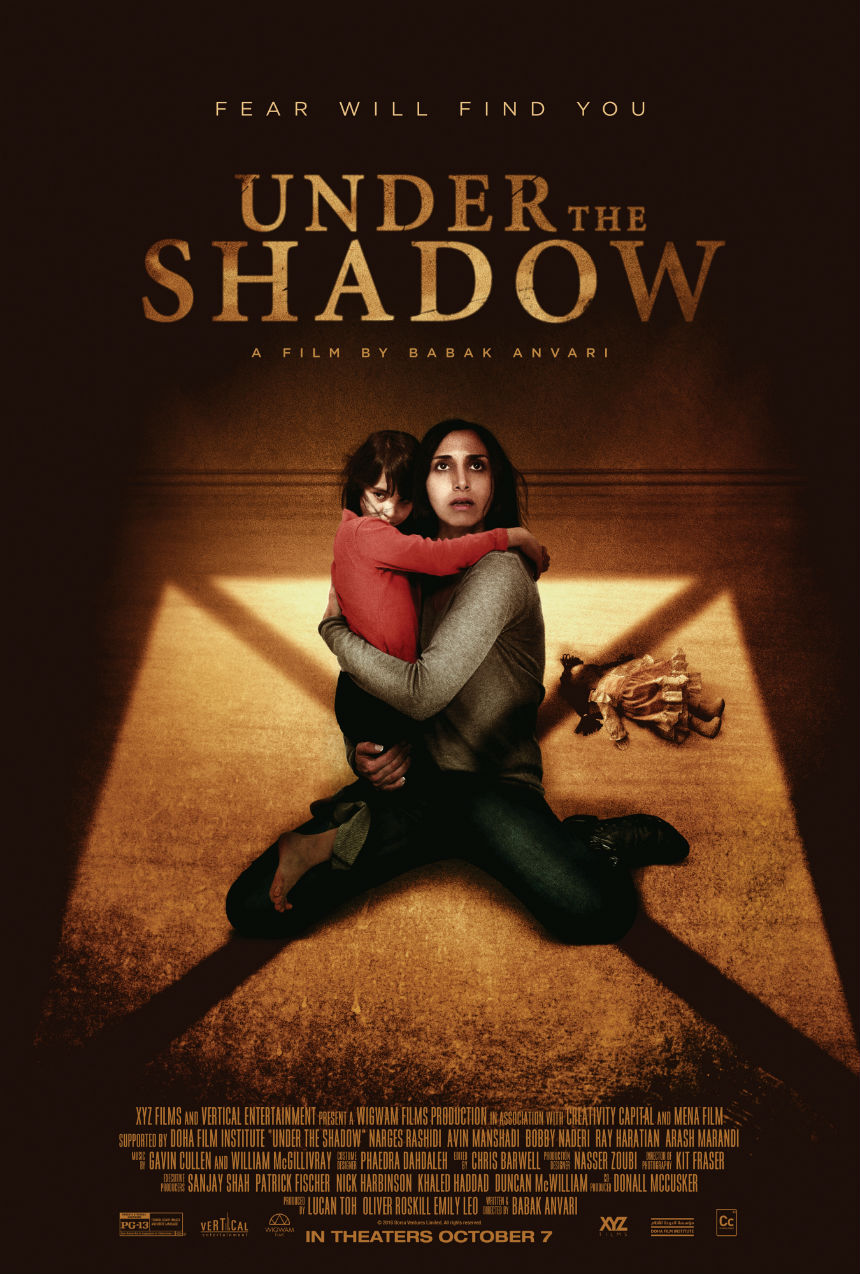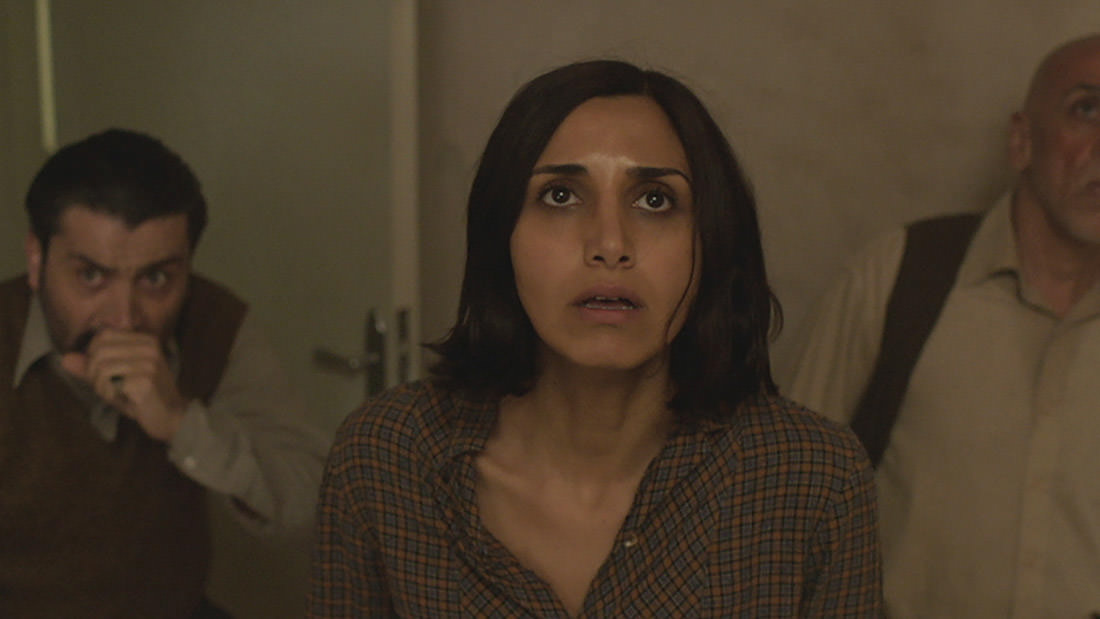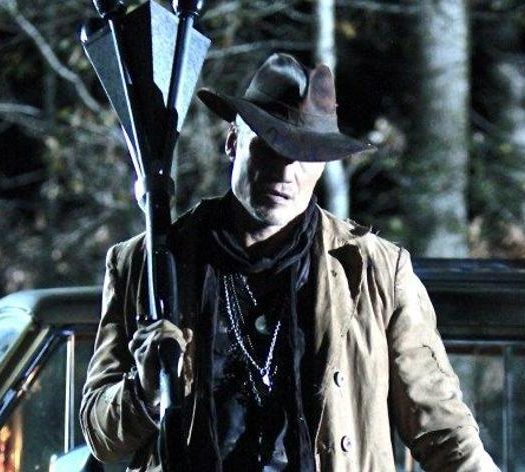Set in 1988 Tehran, amidst the chaos of the Iran-Iraq war, Shideh’s life is in a state of turmoil. She discovers she’s blacklisted from returning to medical school due to subversive behavior earlier in her college career, her husband, Iraj, has been deployed as a doctor to a city heavy in war activity, and she’s left alone to care for a daughter that much prefers the company of Iraj. Perhaps most problematic of all is the mysterious evil that seems to have pervaded their apartment building.
Anvari opts for a claustrophobic atmosphere that slowly mounts in quiet dread until you’re completely caught unaware in fear’s grip.
Writer/director Babak Anvari’s feature debut weaves a complex tale of harrowing history, feminism, and folklore. Long before any supernatural elements are introduced to the plot, Anvari has already crafted a brilliant character study heightened by the threat of war encroaching. In Shideh, played by the brilliant Narge Rashidi, we have a nuanced leading lady that hungers for independence in a country that would arrest and issue public lashing as punishment for any woman that dares to boldly step outside of their home without their hijab. She’s frustrated that her husband is a successful practitioner of medicine while she’s unable to complete her studies for having outwardly expressed political opinion in her youth. Her landlord singles her out for being the sole female in the apartment block that drives a vehicle. It’s these emotions that cause her to unwittingly put up a wall between her and her daughter Dorsa, which causes a complicated dynamic when evil does come calling.
When it comes to the supernatural element, Anvari opts for a claustrophobic atmosphere that slowly mounts in quiet dread until you’re completely caught unaware in fear’s grip. Between Shideh’s internal struggles and the looming threat of a missile attack, the viewer is distracted while Anvari quietly weaves in mythology on the Djinn. It’s a subtle ghost story with interesting mythology that’s first contingent upon using the audience’s imagination before slowly manifesting on screen in terrifying fashion. That’s not to say that Anvari doesn’t make good use of a jump scare, as there are a couple very well placed jump scares, but it’s often what we don’t see that proves to be the scariest.
Propelled by Shideh’s fiery feminism and real history playing out as the backdrop, Under the Shadow is not just an effective horror movie but a great movie.
Part of that has to do with how Anvari’s constructed his story, but a lot of that has to do with the eerie sound design and clever camera work. Cinematographer Kit Fraser initially keeps things simplistic before gradually morphing the aesthetic into something more haunting by using more surrealistic camera angles. Off kilter angles that works to keep the viewer feeling off kilter as well, like a 90 degree angled shot of Shideh in bed while she’s caught in the grip of a waking nightmare.
As a supernatural horror film centralized around a mother and child relationship, this film will likely draw many comparisons to 2014’s The Babadook. Both film’s feature complex, realistically rendered mothers with maternal shortcomings and both revolve heavily around their mounting dread and atmosphere. However, the comparisons should end there. There are no heavy handed metaphors to be found in Anvari’s instant masterpiece, and his narrative is far more engaging and multifaceted. While the finale gets perhaps a little too dreamlike, it’s still a satisfying finish. Propelled by Shideh’s fiery feminism and real history playing out as the backdrop, Under the Shadow is not just an effective horror movie but a great movie.
Under the Shadow is releasing in theaters and VOD on October 7, 2016.
Under the Shadow [Review]
Chilling































